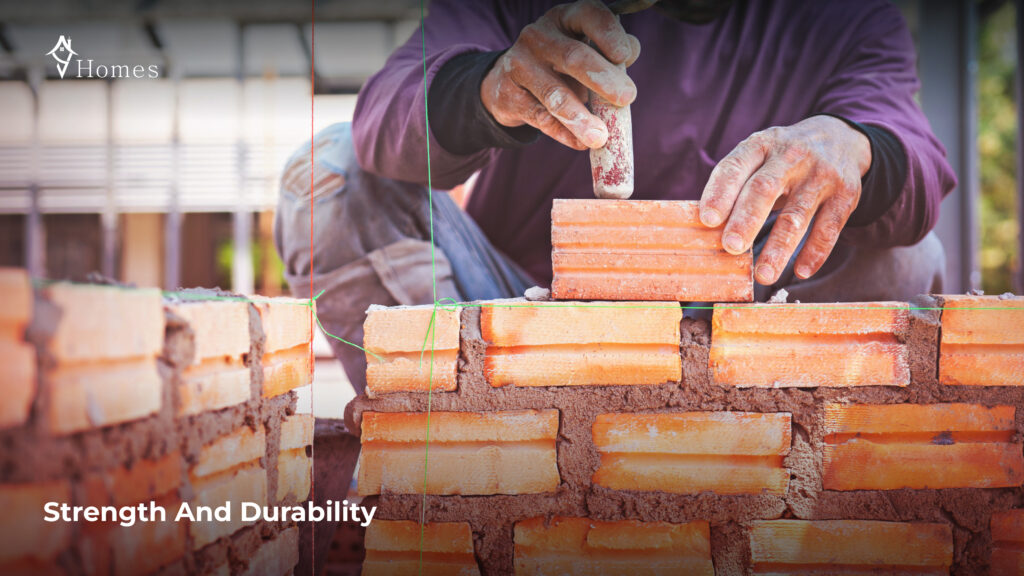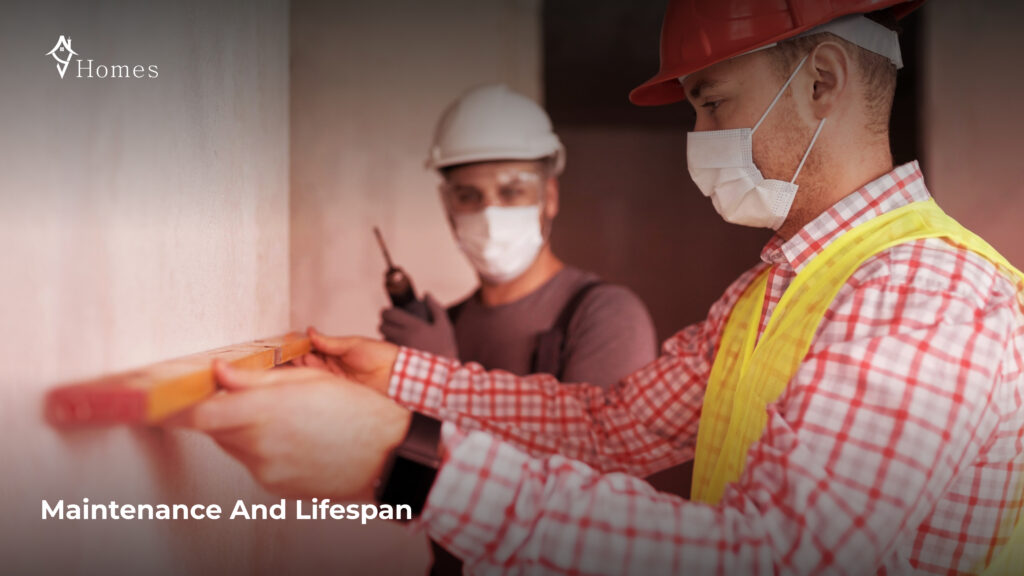
Red Bricks Vs. Concrete Blocks for house construction
When it comes to building a home, the choice of materials plays a significant role in ensuring durability, cost-effectiveness, and overall quality. Two common materials used in house construction are red bricks and concrete blocks. While both have their pros and cons, deciding which is better depends on a range of factors. In this blog, we’ll take a closer look at red bricks and concrete blocks, and help you make an informed decision for your home.
1. Introduction to Red Bricks and Concrete Blocks
Before diving into the comparison, it’s important to understand what red bricks and concrete blocks are made of.
Red Bricks
-
Traditionally made from natural clay, red bricks are fired at high temperatures to give them their durability. They have been used for centuries and are often associated with classic home designs
Concrete Blocks:
- These are made from cement, water, and aggregates like sand or gravel. They come in a variety of sizes and are often used in modern construction.
2. Strength and Durability

The strength and durability of building materials are critical factors, especially when constructing a long-lasting structure.
- Red Bricks: Known for their compressive strength, red bricks provide solid structural support. They can withstand extreme weather conditions and last for decades without significant wear and tear. However, they may crack under extreme pressure or seismic activity.
- Concrete Blocks: Concrete blocks are known for their excellent strength-to-weight ratio. They are particularly well-suited for large structures, as they provide greater strength with less material. Concrete blocks are also resistant to fire, pests, and decay.
Winner: For larger structures, concrete blocks have the edge in strength, but for smaller homes, red bricks provide ample durability.
3. Thermal Insulation
Thermal insulation is key to reducing heating and cooling costs in your home.
- Red Bricks: Red bricks are natural insulators due to their density. They retain heat during the day and slowly release it at night, helping to regulate indoor temperatures. However, in regions with extreme heat, red bricks might not offer sufficient insulation.
- Concrete Blocks: Concrete blocks offer moderate insulation, but they can be hollow, making them less effective in regulating temperature unless insulated. However, with added insulation, they can perform better in extreme climates.
Winner: Red bricks generally offer better thermal insulation, but with additional insulation materials, concrete blocks can be equally effective.
4. Cost Comparison

Cost is always a primary concern when planning construction.
- Red Bricks: Red bricks are generally more expensive due to the cost of production and the labor required for bricklaying. Transporting them can also add to the expense due to their weight.
- Concrete Blocks: Concrete blocks are typically cheaper and easier to manufacture. They are larger, meaning fewer blocks are needed for the same area, reducing labor costs. Additionally, their lighter weight makes transportation more cost-effective.
Winner: Concrete blocks are the more cost-effective choice, particularly for larger construction projects.
5. Construction Speed
The time it takes to complete a construction project can greatly affect overall costs and deadlines.
- Red Bricks: Laying red bricks is a labor-intensive process that requires skilled workers. This can slow down construction, especially for large projects.
- Concrete Blocks: Concrete blocks are larger and quicker to install, speeding up the construction process. Their uniform size also makes them easier to handle, reducing the need for skilled labor.
Winner: Concrete blocks allow for faster construction, making them ideal for projects with tight deadlines.
6. Aesthetic Appeal
The look of your home is as important as its functionality.
- Red Bricks: Red bricks have a timeless, classic aesthetic that many homeowners love. They can be left exposed or painted, providing flexibility in design.
- Concrete Blocks: While concrete blocks can be covered with plaster or other finishes, they lack the natural beauty of red bricks. However, they offer a modern, minimalist look when designed correctly.
Winner: Red bricks offer better aesthetic appeal for those looking for a classic, traditional design. However, concrete blocks can work for modern, industrial styles.
7. Environmental Impact
Sustainability is becoming increasingly important in construction.
- Red Bricks: The production of red bricks requires the extraction of clay and high-temperature firing, which consumes a lot of energy and contributes to environmental degradation.
- Concrete Blocks: Concrete blocks have a lower environmental impact since they can incorporate recycled materials like fly ash or slag. The energy required to produce concrete blocks is also lower than that for red bricks.
Winner: Concrete blocks have a smaller environmental footprint, especially if made with recycled materials.
8. Maintenance and Lifespan

How much effort is needed to maintain the structure over time?
- Red Bricks: Red bricks require minimal maintenance but may need repointing (renewing the outer layer of mortar) after several decades.
- Concrete Blocks: Concrete blocks are highly resistant to pests and weather, requiring less maintenance than red bricks. However, poor quality blocks can lead to cracks over time.
Winner: Concrete blocks generally require less maintenance, but both materials have a long lifespan if properly cared for.
9. Final Verdict: Which is Better?
- For a Classic Look and Thermal Efficiency: Choose Red Bricks. They offer aesthetic appeal, natural insulation, and durability for smaller projects.
- For Strength, Speed, and Cost-Effectiveness: Choose Concrete Blocks. They are strong, affordable, and allow for quicker construction, making them ideal for large projects.
Ultimately, the decision depends on your specific needs, budget, and the design of your home.
Conclusion
Both red bricks and concrete blocks have their strengths and weaknesses, and the right choice for your home depends on a variety of factors. If you’re aiming for a traditional look and don’t mind a longer construction time, red bricks might be your best option. However, if you want to save time and money while still getting a strong and durable structure, concrete blocks could be the way to go.
For more information on choosing materials for your house construction, feel free to check out other resources on YVHomes and explore how we can help with every stage of your home-building journey.

